When you've got water dripping into your house, waiting isn't really an option. We respond quickly to leak calls and can usually get emergency patches or tarps in place the same day to stop further water damage while we plan permanent repairs.
Roof leak repair services in Roswell, GA
When water's dripping into your house, you need someone who can find where it's really coming from and stop it for good. Our local crew has been tracking down leaks and fixing them properly around Roswell for years. We don't just patch where you see water - we find the actual source and repair it so it stays dry.
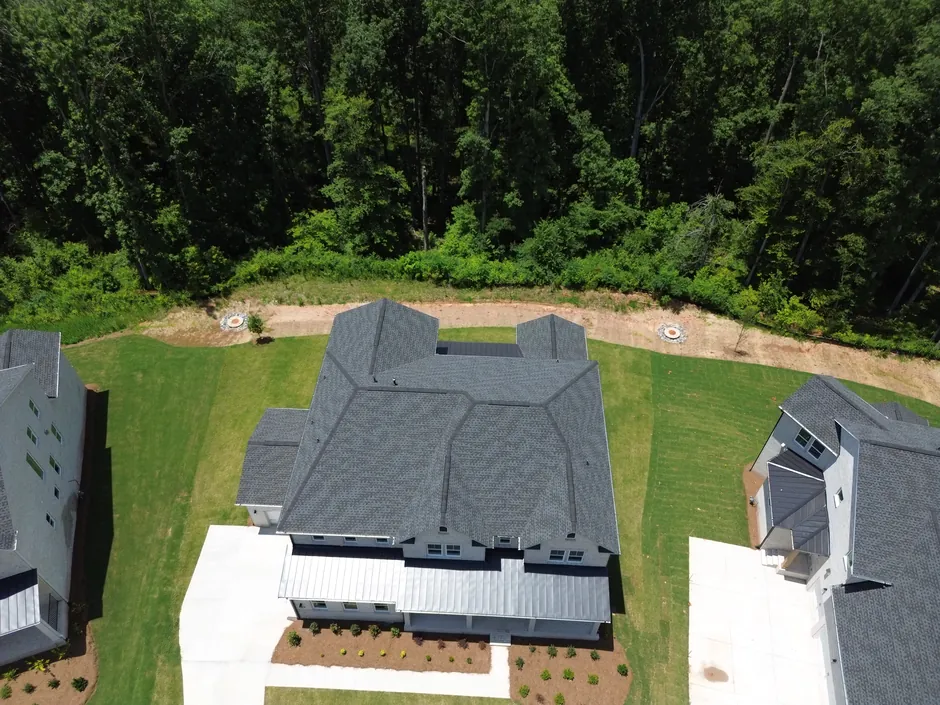
Leak detectives who actually fix the problem
Finding roof leaks is like being a detective - water rarely shows up inside your house at the same spot where it's getting in. It might travel along rafters, run through insulation, or follow electrical wires before it finally drips onto your ceiling. We've learned to trace these water trails back to where they actually start. Most leak repairs we see from other companies fail because they fixed the wrong spot. Someone sees water staining a ceiling, assumes the leak is directly above that spot, and patches the roof there. Six months later, it's leaking again because the real problem was twenty feet away where flashing pulled loose from a chimney. We get up on the roof and look around until we find the actual entry point. Sometimes it's obvious - missing shingles or a hole from storm damage. More often it's something subtle like a small gap in flashing or a nail that worked loose over time. Once we know where water is really getting in, fixing it properly is usually straightforward. Been doing this around Roswell long enough to know where leaks commonly start in different types of houses. Every roof has its vulnerable spots, and we check those areas first when tracking down mysterious leaks.
Fast response when water's coming in
Real leak detection, not guesswork
We trace leaks to their actual source instead of just patching where water appears inside. This means getting on the roof, following water trails, and sometimes using a garden hose to test suspected areas until we find exactly where water is getting in.
Permanent fixes that actually last
Once we find the real source of your leak, we fix it properly using quality materials and proven methods. No temporary patches that fail in six months - we repair leaks so they stay fixed and don't come back with the next hard rain.
Water damage prevention and cleanup help
We help minimize water damage while repairs are underway and can recommend trusted professionals for any interior cleanup or restoration needed. Getting leaks stopped quickly prevents small problems from becoming expensive interior damage.
Emergency leak response that actually helps
When water's pouring into your house during a storm, you need help right now, not next week when the weather clears up. We keep tarps, emergency patching materials, and basic tools ready because roof leaks don't happen on convenient schedules. Our emergency response focuses on stopping water infiltration quickly to prevent further damage while permanent repairs wait for better weather and proper materials. Sometimes that means getting a tarp secured over damaged areas in the middle of a storm. Other times it's a quick patch with roofing cement and some spare shingles until we can do a proper repair. The goal is always stopping water from getting inside and causing damage to your belongings, flooring, and ceiling materials. We've been called out during some pretty nasty weather over the years, and we understand that every minute water keeps coming in makes the cleanup and repair bill bigger. Emergency repairs aren't always pretty, but they're effective at stopping immediate damage. Once the crisis is over and conditions improve, we come back to make permanent repairs that blend with your existing roof and restore full protection. We also help coordinate with restoration professionals when interior damage has occurred, because we know reliable companies who specialize in water damage cleanup and can get your house back to normal quickly.
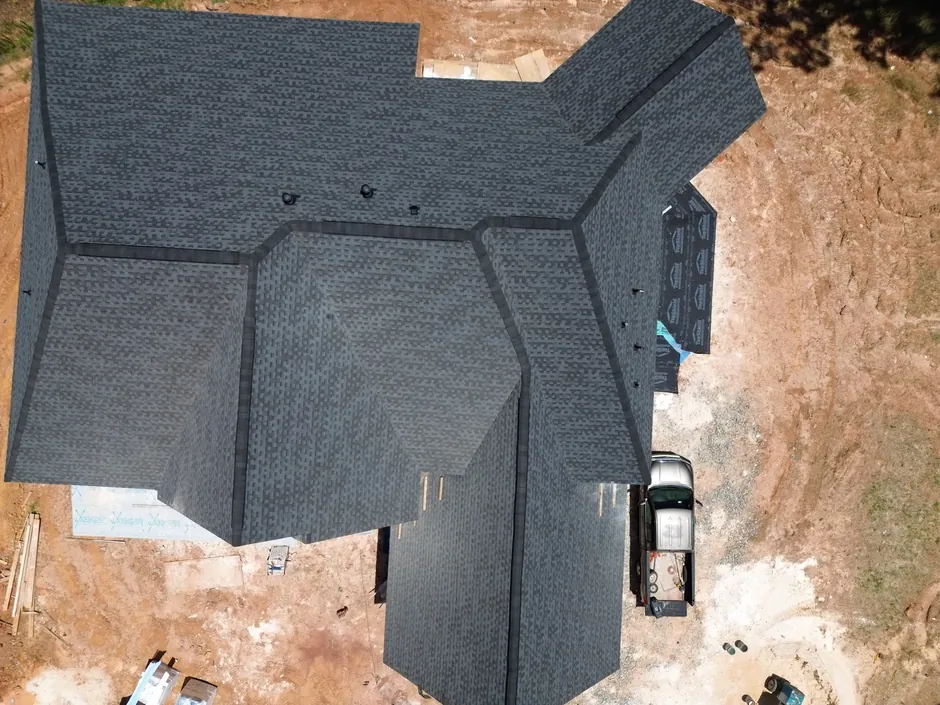
Why most leak repairs fail and ours don't
The biggest mistake in leak repair is assuming water enters the roof directly above where it shows up inside the house. We've seen countless failed repairs where someone patched the wrong area because they didn't understand how water travels once it gets past the shingles. Water follows the path of least resistance - it might run along a rafter for ten feet, travel through insulation, or follow plumbing or electrical lines before finally dripping somewhere completely different from where it entered. That's why we always start leak repairs by getting on the roof and looking for the actual entry point. We check obvious spots first - damaged shingles, loose flashing, gaps around vents or chimneys. But we also look for subtle problems like nail pops, cracked caulking, or places where materials have separated slightly from expansion and contraction over time. Sometimes we use a garden hose to test suspected areas, starting at the bottom of the roof and working our way up until we recreate the leak and pinpoint exactly where water is getting in. This detective work takes a little extra time, but it means our repairs actually solve the problem instead of just covering symptoms. Once we know the real source, fixing it properly is usually straightforward - replace damaged materials, reseal joints, or secure loose components using methods that will last.
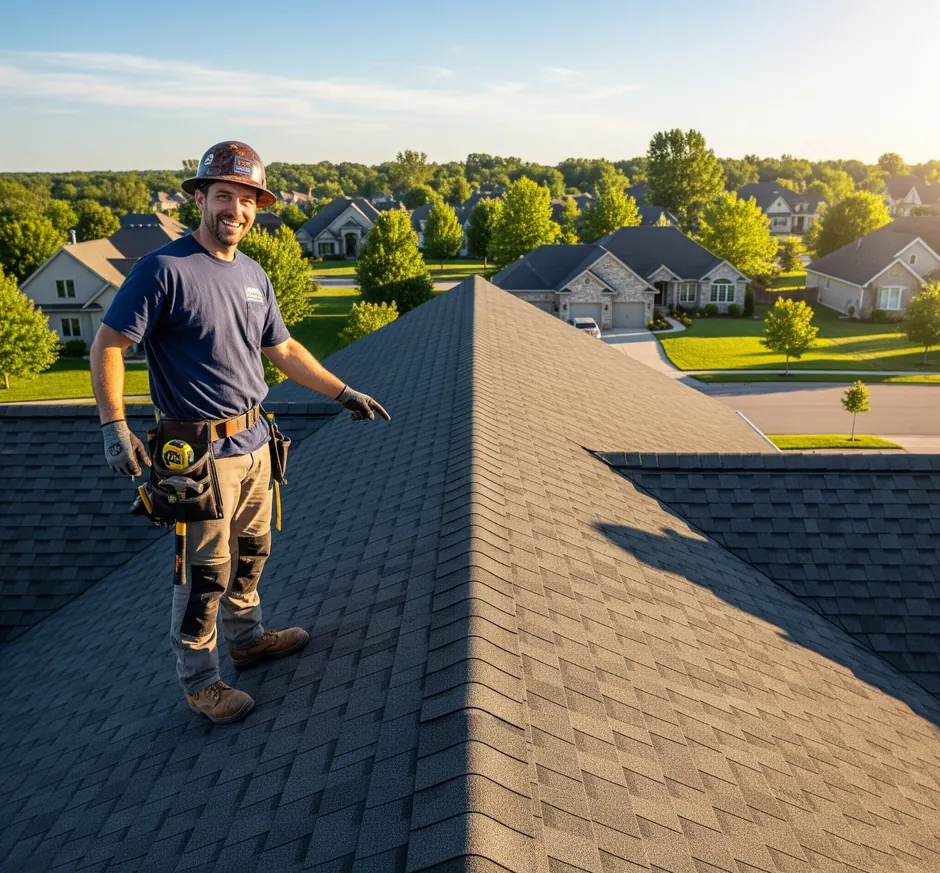
Common leak sources and how we fix them
After years of fixing leaks around Roswell, we've learned where they usually start and what it takes to fix them permanently. Flashing problems cause more leaks than anything else - the metal pieces that seal joints around chimneys, vents, and roof valleys. Georgia's temperature swings make these materials expand and contract, which can loosen connections or create small gaps where water sneaks in. We fix flashing leaks by removing old materials, cleaning surfaces properly, and installing new flashing with appropriate overlaps and sealing. Valley leaks happen where two roof sections meet and water concentrates during heavy rains. These areas take a beating and sometimes need new underlayment or improved drainage to handle the water volume. Vent penetrations are another common problem - the rubber boots that seal around pipes deteriorate from UV exposure and temperature extremes, eventually cracking or separating enough to let water through. We replace these boots completely and make sure the flashing underneath is still doing its job. Shingle problems can create leaks too - storm damage, normal aging, or poor installation can leave gaps where water gets past the first line of defense. We replace damaged shingles and check the underlayment beneath to make sure water hasn't already caused hidden damage. Each type of leak requires different repair approaches, but the key is always finding the real source and fixing it completely rather than just stopping the immediate symptom.
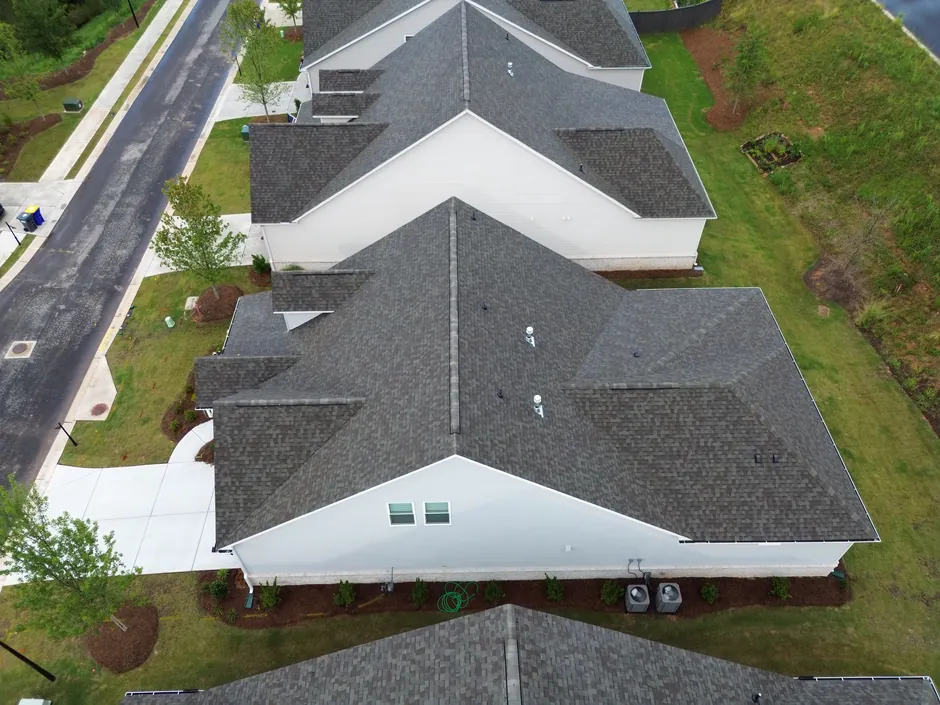
Ice dam leaks and how Georgia gets them
Most folks don't think of ice dams as a Georgia problem, but we get them more often than you'd expect during our occasional winter weather. When snow sits on a warm roof, it melts and runs down until it hits cold gutters or roof edges where it refreezes. This creates a dam that backs water up under shingles and into the house. Ice dams happen in Georgia when attics are too warm from poor insulation or ventilation, creating temperature differences that cause selective melting and refreezing. We see this especially on south-facing roof sections that get direct winter sun while north-facing areas stay cold. The ice forms at the transition point and backs water up into areas where shingles aren't designed to handle standing water. Fixing ice dam leaks involves addressing both the immediate damage and the underlying cause. We repair any damaged shingles or underlayment, but we also look at insulation and ventilation to prevent future problems. Sometimes adding ridge vents or improving attic insulation solves ice dam issues permanently. Emergency repairs during ice events focus on creating drainage channels and removing ice safely, but permanent solutions require understanding why your roof creates the temperature conditions that cause ice dams in the first place. We've learned which Roswell neighborhoods and house designs are most susceptible to ice dam problems and know what preventive measures work best in our climate.
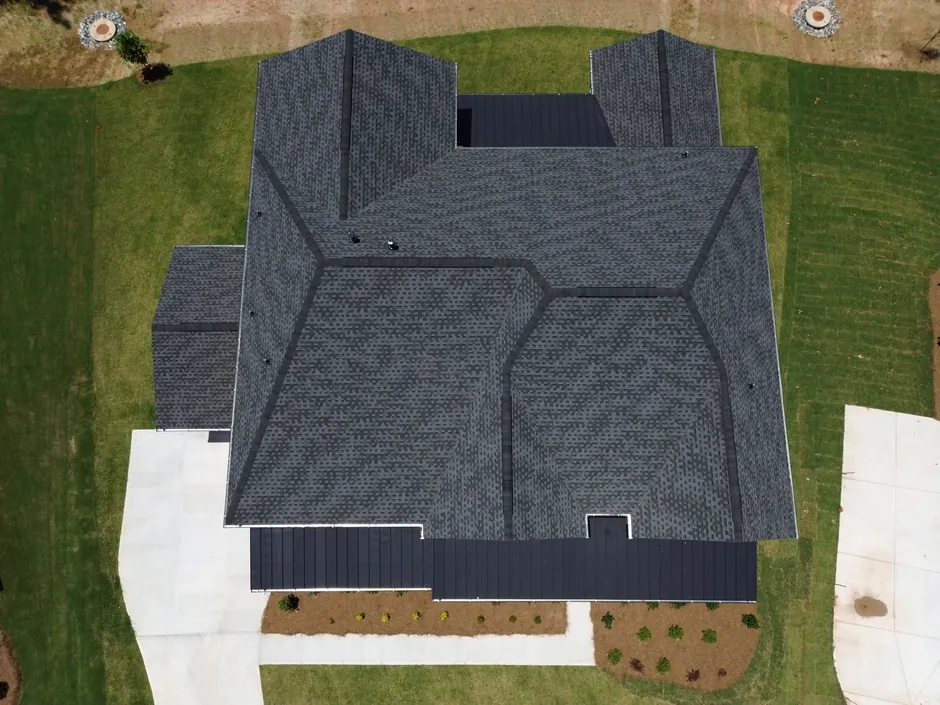
Skylight and chimney leak specialists
Skylights and chimneys are notorious leak sources because they're complex penetrations that interrupt the simple, overlapping pattern that makes regular roofs work. Both require specialized flashing systems that handle water differently than flat roof areas, and both take more weather abuse than surrounding shingles. Skylight leaks can come from several sources - the unit itself, the flashing around it, or the curb that raises it above the roof surface. We've learned to diagnose each component separately and fix the actual problem rather than just resealing everything and hoping for the best. Sometimes skylight glass seals fail and need replacement. Other times the flashing system around the unit has separated or was installed incorrectly originally. We work with skylight manufacturers when units need repair and know which problems can be fixed versus when replacement makes more sense. Chimney leaks are often more complex because they involve both roofing and masonry work. Step flashing along the sides can separate from expansion and contraction, back flashing across the upper side can pull away from the chimney, and sometimes the chimney itself develops cracks that let water in. We coordinate with masonry contractors when chimney problems extend beyond roofing issues, but we handle all the flashing and roof-related repairs ourselves. Both skylight and chimney repairs require careful attention to manufacturer specifications and building codes, plus understanding how these complex systems are supposed to shed water under all weather conditions.
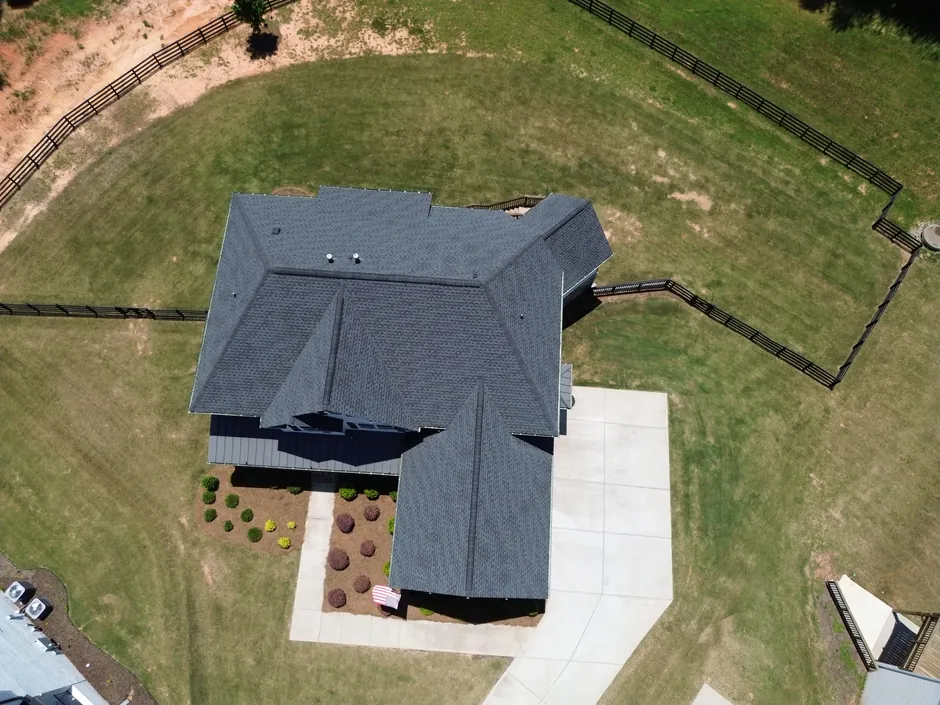
Preventing small leaks from becoming big problems
The best time to fix a leak is before it starts, which means paying attention to early warning signs and addressing small problems before they become expensive disasters. We help homeowners understand what to watch for - water stains on ceilings that appear after storms, musty smells in certain rooms, or ice formation in unusual patterns during winter weather. Many leaks start small and give plenty of warning before they become serious problems, but you have to know what those warning signs mean. During routine maintenance visits, we look for the conditions that commonly lead to leaks - loose shingles that haven't started leaking yet, flashing that's beginning to separate, or caulking that's cracking but still holding. Fixing these issues while they're still minor prevents water infiltration and the expensive damage that follows. We also help homeowners understand simple maintenance tasks that prevent many leaks - keeping gutters clean so water doesn't back up under roof edges, trimming tree branches that scrape against shingles, and making sure attic ventilation systems stay clear of debris. Most leak prevention is just paying attention and addressing small issues promptly instead of waiting for them to become obvious problems. We provide guidance on what homeowners can safely check themselves and when to call professionals for more complex inspections or repairs.
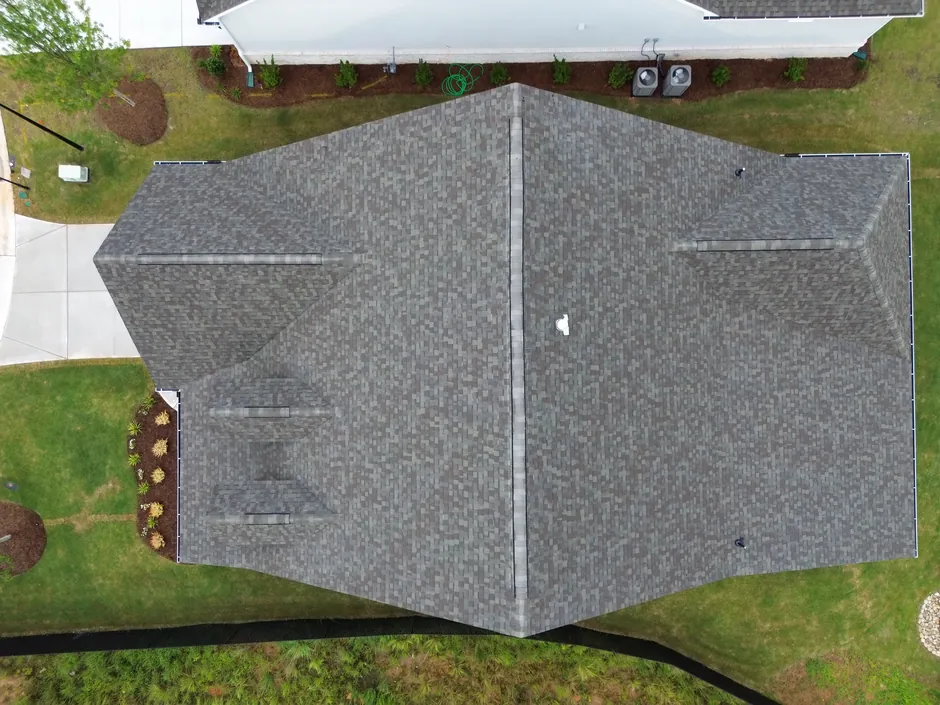
Working with insurance on water damage claims
When roof leaks cause interior water damage, insurance claims can help cover both the roof repair and the cleanup inside your house. We've worked with insurance companies for years and understand how to document leak damage properly so claims get approved and processed efficiently. The key is thorough documentation from the beginning - photos of the roof damage, photos of interior water damage, and detailed explanations of how the roof problem caused the interior damage. Insurance companies want to understand the connection between roof failure and interior damage, so we provide clear documentation that shows the whole story. We also understand which types of roof damage are typically covered and which aren't, which helps homeowners set realistic expectations for their claims. Storm damage that causes sudden leaks is usually covered, while gradual wear and maintenance issues typically aren't. When we find roof problems that caused interior damage, we provide detailed repair estimates that break down roofing costs separately from interior restoration costs. This helps insurance adjusters understand what needs to be covered and makes the claims process smoother for everyone involved. For approved claims, we often work directly with insurance companies on payments, which means homeowners don't have to pay for repairs upfront and wait for reimbursement. We also coordinate with water damage restoration companies when interior cleanup is needed, because stopping the leak is just the first step in getting your house back to normal after significant water infiltration.
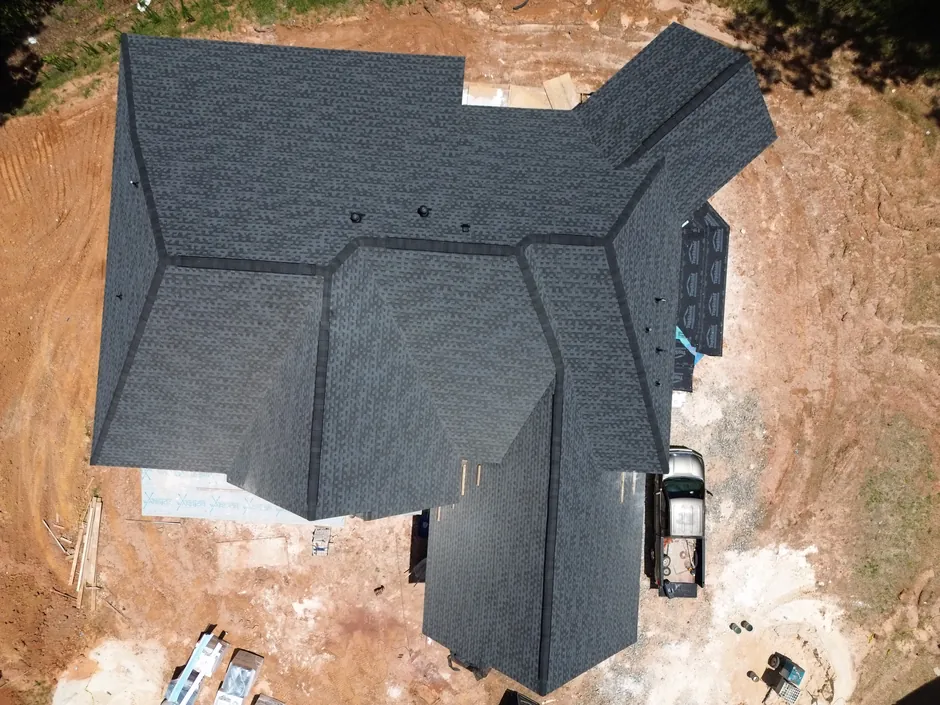
Honest pricing for leak repairs that last
Leak repair pricing should make sense based on what's actually wrong and what it takes to fix it properly. We don't believe in inflating prices during emergencies or quoting expensive solutions when simple fixes will solve the problem. Some leaks need only minor repairs - a few replacement shingles, some new caulking, or tightening up loose flashing. Others require more extensive work if water has damaged underlying materials or if the leak source is complex. We'll explain exactly what we find and what it will take to fix it permanently, with written estimates that break down materials and labor so you understand what you're paying for. Emergency repairs sometimes cost a bit more because they require immediate response and working in difficult conditions, but we don't take advantage of desperate situations with unreasonable pricing. Our goal is stopping your leak properly at a fair price, not maximizing profit from your misfortune. We also distinguish between emergency patches that stop immediate water infiltration and permanent repairs that restore full protection. Sometimes emergency work is all that's needed if damage is minor. Other times emergency patches just buy time until proper repairs can be completed with better weather and appropriate materials. We're always honest about what each level of repair accomplishes and what additional work might be needed later. Quality leak repairs aren't the cheapest service you can find, but they shouldn't be unreasonably expensive either. We price our work based on the actual time and materials required to solve your specific problem permanently.
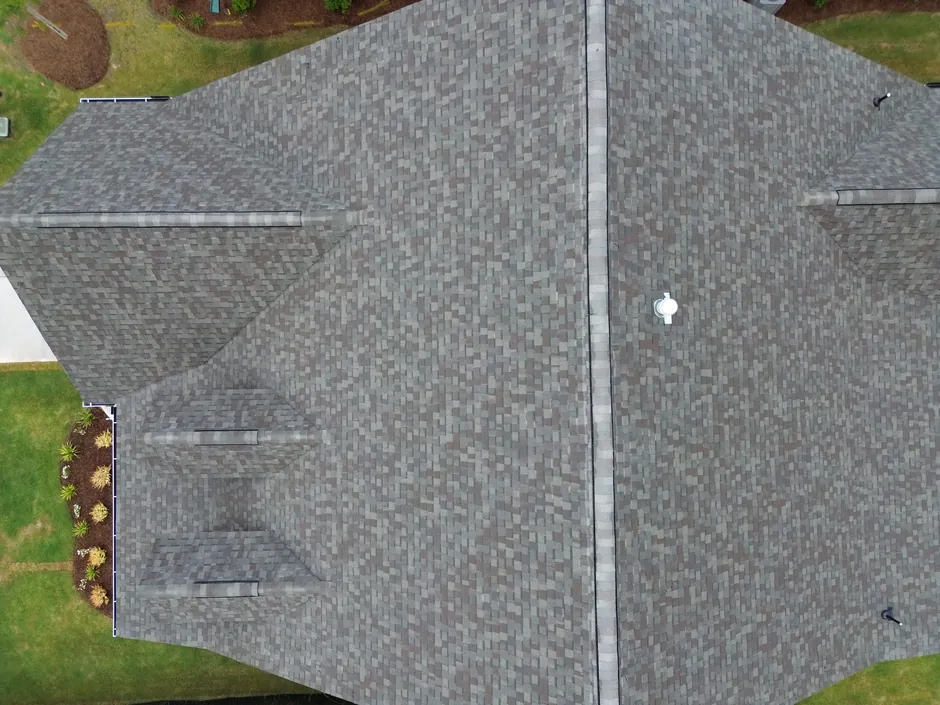
Stop that leak before it gets worse
Don't let a small leak become expensive water damage inside your house. We'll find where water is really getting in and fix it properly so it stays dry. Emergency service available when you need help right now.
Fix My Leak Today- Phone: (470) 888 0030
- Address: Roswell, GA